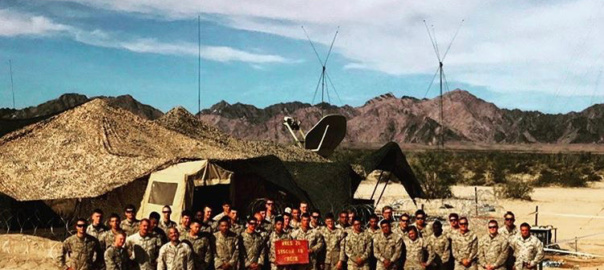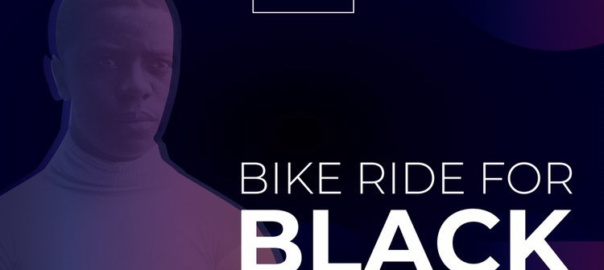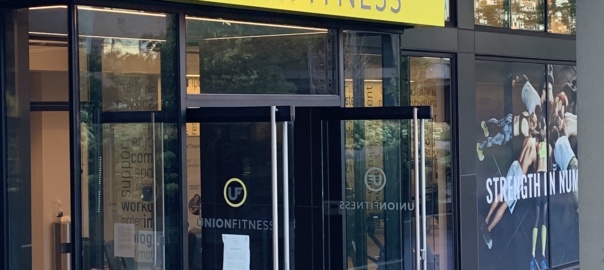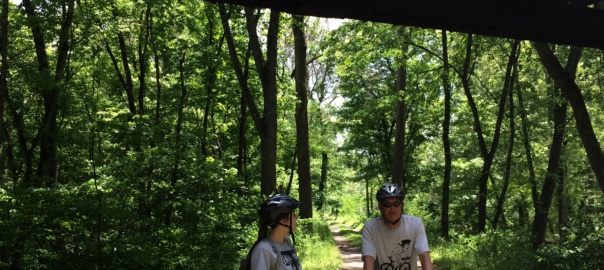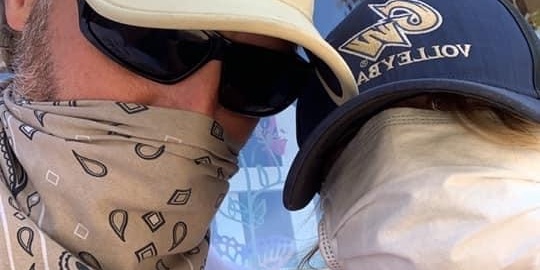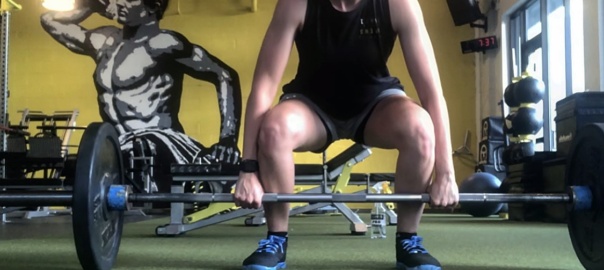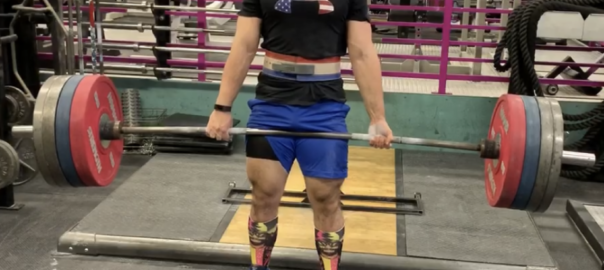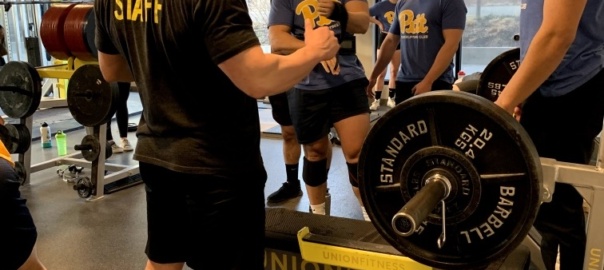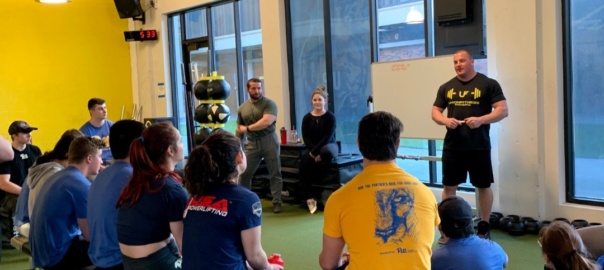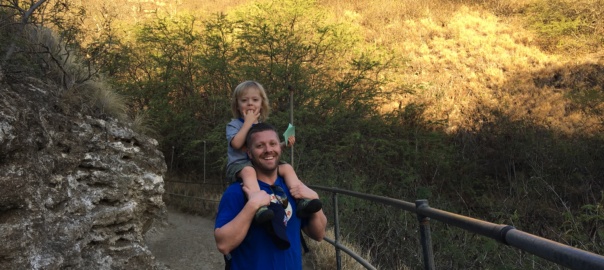The best Commanding Officer I ever had no idea how to do his job. Or at least that’s what he told us.
Over a few week period the entire Air Wing had seen a spat of deaths, some suicides, some motor vehicle accidents, training accidents; one of the suicides had come from one of our line squadrons. Nothing was his fault, he was a great commander, smart, attentive, organized, compassionate. But sometimes that’s not enough.
He gathered the entire group command in the staff conference room, hundreds of years of military experience, leadership, and know-how gathered around a grand oak table with my C.O. at the head of the table.
“I don’t know what I’m doing” he said after a long silence. “I could do all of your jobs” he said smiling looking out at his squadron commanders. “I know how to lead flights, organize schedules, make sure the birds stay up – but I don’t know what to do about this”.
There is a powerful mental state called “Imposter syndrome”. In its most basic form is the belief that one’s own skill, knowledge, abilities are less than what others around you view them as – simply put, you’re an imposter. You might have years of experience at a job be viewed by your peers, bosses, and employees as a total expert but in the back of your head you know that you’re just fooling them all… and yourself.
There is another syndrom of sorts that is also worth examining – the “Dunning Kruger Effect”. This effect has gotten some notoriety in past years as the wealth of knowledge easily accessible to anyone with a smart phone has grown. essentially , you learn enough to think you know everything when in fact you don’t even know enough to know how little you know.
“I don’t know what to do about this” – vulnerability is a powerful thing. When leaders, especially good leaders, are able to be vulnerable in front of those they are charged to command it creates a powerful thing – faith. After my commander finished, every soul in that room believed in him more than ever. We believed in him because we knew that he was telling the truth.
Now, I don’t know for a fact that my CO viewed himself as an imposter, but the dogged way he worked to prove he was the real deal might be an important indicator. I also cannot confirm that he ever fell victim to the dunning kruger effect but, anecdotally, most young aviators view themselves as invincible hot shots (TOP GUN if you will). However, with every extra hour in the cockpit they discover just how much more they need to learn. At some point, these two conflicting states of mind reached a convergence for my CO. He came out the other side a wiser, better leader.
It’s the same in coaches. I myself am still headed towards this convergent point. In good moments of confidence I see in myself what others say they see in me – but often I don’t. I at least know that I don’t even know how much I don’t know – that’s a start. So how do we work through these diametrically opposed forces? I think vulnerability is a good place to start.
Sport coaches, or at least NBA basketball coaches seem to be catching on to the power of vulnerability. In the book The Culture Code by Daniel Coyle he discusses the first day of practice with the San Antonio Spurs and the legendary coach Gregg Popovich. Pop (as he’s commonly referred to) is a man who has been at the top of his field for decades. Seen by peers, players, and the media as a prime example of what a winning coach is. Yet he begins every season by acknowledging his fears of letting his team down, not being a good enough coach, and not being able to meet his players expectations. Vulnerability in action to bring a team together, to level the playing field (or court) so to say. What this unlocks is a level of trust and understanding in all directions that incubates a culture of success.
For too long, barbarized examples of masculine strength have dominated the world of athletics, whether on the field or in a weight room. I know I have gone down this road many times myself. But another NBA coach, Golden State’s Steve Kerr sees another path to victory through vulnerability. “The whole point of competing is to be vulnerable…to lay it out on the line” Kerr said on a 2020 podcast. He links the need to play and compete with your full self; ego, fears, pride, self-consciousness, as essential to victory. And only through being openly vulnerable can our full selves be accountable to others.
Dr. Brené Brown has spoken at great length about the power of vulnerability. Only by accessing and sharing the most fragile parts self can we really work to strengthen the whole. But as coaches and especially young coaches we’re faced with a conundrum. We are tasked with the welfare of young men and women (often not much younger than ourselves) we are asked to lead them and help them improve. We are told to project confidence, to be experts in our craft, to have the answers. But I am not always confident, I do not feel like an expert in my craft, and I do not have all the answers. “Vulnerability is not weakness” Dr. Brown says, “it’s the most accurate measure of courage”. In order to improve we have to investigate, acknowledge, and take ownership of how we need to grow.”
I know I often feel like an imposter in the field of coaching. I don’t have the education background of those I look up to, I don’t have the years of experience of many of my peers, I worry that I won’t be able to make some of the sacrifices so many in this field have to make to advance. I also know I don’t know more than I can even imagine and this is at times almost paralyzing in its scale. The dueling states of “Impostor Syndrome” and “the Dunning Kruger Effect” is ever present – but I’m investigating it, learning to acknowledge it, and working to take ownership of my part in getting through it – I’m learning to be a more vulnerable coach.
My CO said he didn’t know what to do. But he knew that being vulnerable with those other leaders in the room gave them permission to be vulnerable too. He knew that vulnerability from the top down built trust from the bottom up. And he knew that building that trust, while maybe not THE answer, was a start.
I don’t know what I’m doing – but telling you that is a start.
1. Cuncic, A. (2020, May 1). What is Imposter Syndrom. Verywell Mind. https://www.verywellmind.com/imposter-syndrome-and-social-anxiety-disorder-4156469
2. Vandergriendt, C. (2020, May 15). The Dunning-Kruger Effect Explained. Healthline. https://www.healthline.com/health/dunning-kruger-effect
